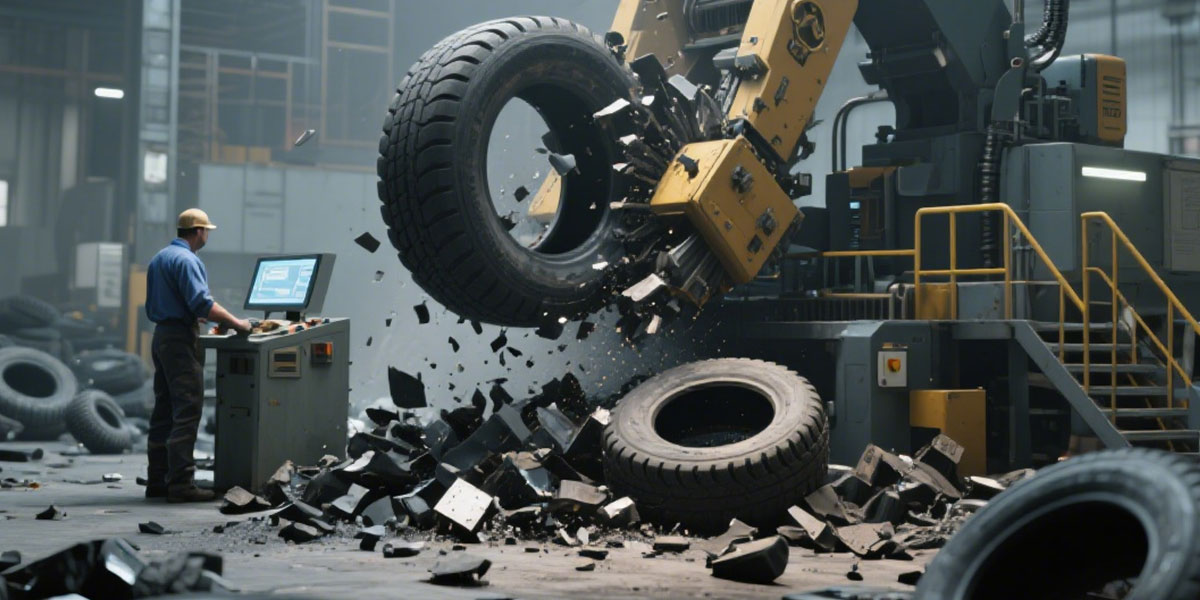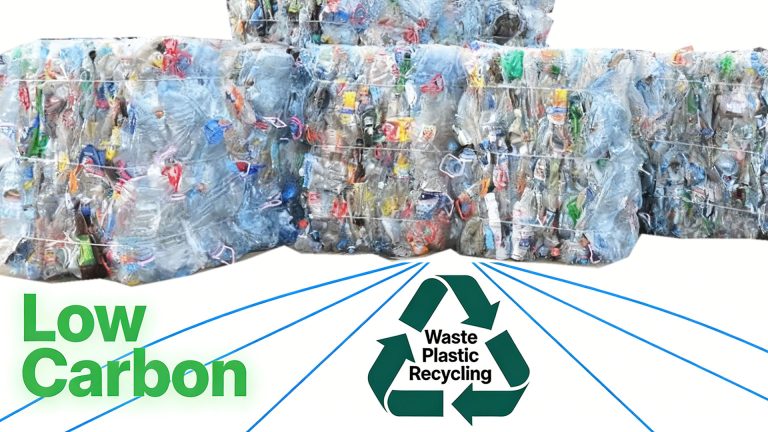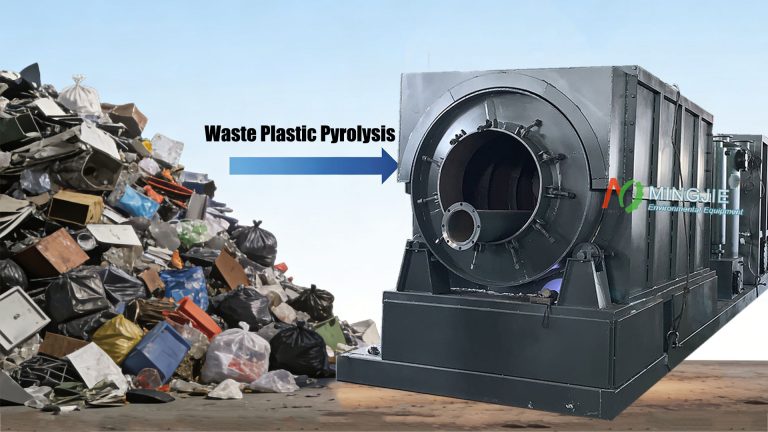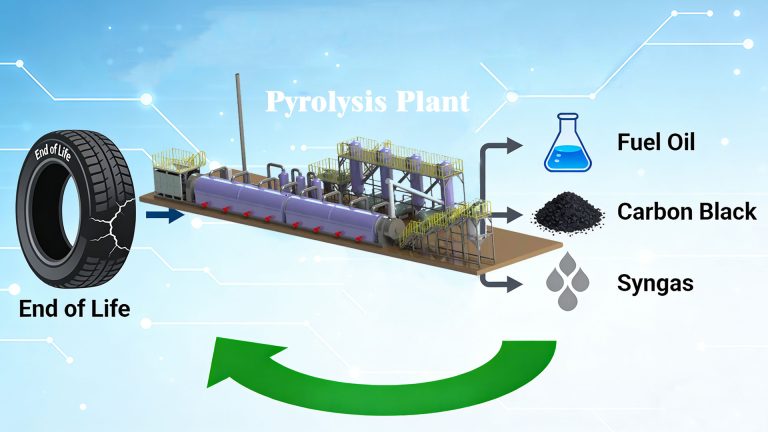In the search for solutions to the waste tire problem, people have tried a variety of tyre recycling methods. Each tyre recycling solution works to a certain extent, but each has its own limitations.
Retreading Waste Tyre
Retreading is a common way of utilization, which is mainly for tires with less wear. Through a series of professional processing processes, such as grinding, repairing, and vulcanization, these tires can be reborn and put back into use. Retreading tyre recycling solution can not only extend the service life of tires, but also effectively reduce the production demand for new tires. It can reduce resource consumption and production costs.
However, not all waste tires are suitable for retreading, and their scope of application is relatively limited. Moreover, the retreading tyre recycling solution process has extremely high requirements for technology and quality control. If the retreading process is not up to standard, it is easy to bury safety hazards. Dangerous situations such as tire blowouts may occur during use, seriously threatening the life safety of users.
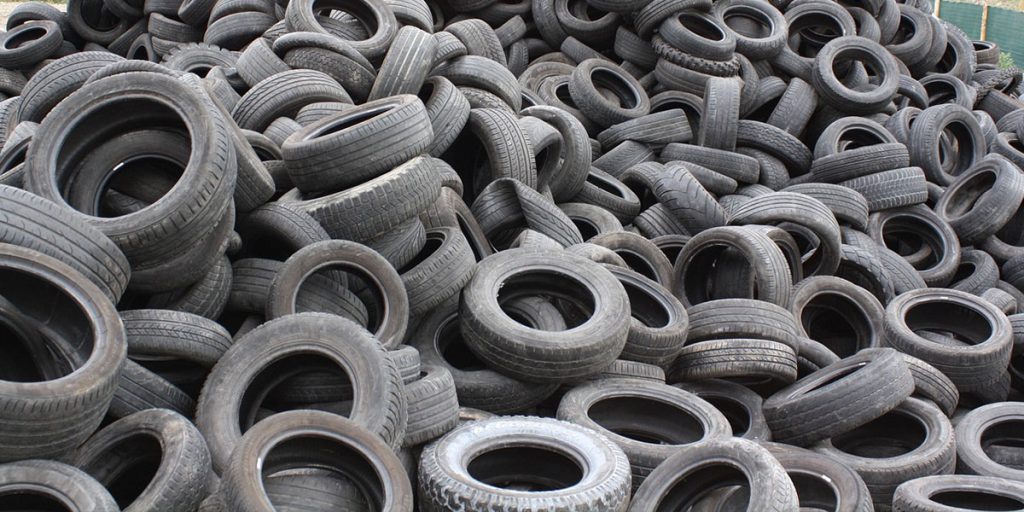
Waste Tyre Mechanical Recycling
Making waste tires into rubber particles or rubber powder is also a widely used tyre recycling solution. It uses cutting and crushing machines to process waste tires into rubber particles or rubber powder of different particle sizes. These rubber particles and rubber powder are widely used and can be used to produce rubber tracks, rubber floor tiles, waterproof materials, etc.
However, due to the complex composition of waste tires, which contain a variety of additives and impurities. This will lead to unstable quality of the rubber particles or rubber powder produced, which in turn affects the quality and performance of related products. Moreover, during the waste tire mechanical recycling, certain pollution (dust pollution) will be generated. This is harmful to the environment and workers’ health.
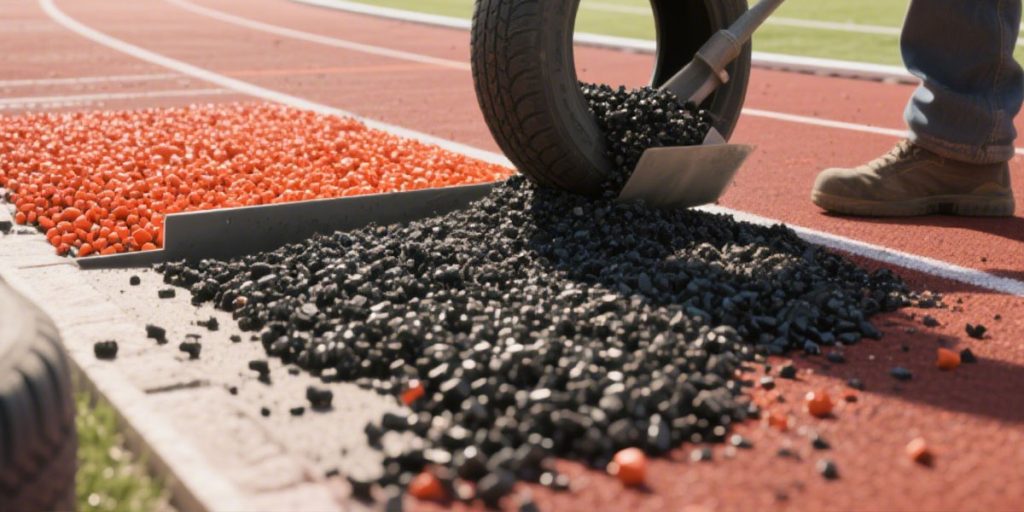
Heat Recovery
Heat recovery is also one of the important tyre recycling solutions. Waste tires have a high calorific value, which is 69%/kg higher than wood, 10%/kg higher than bituminous coal, and 4%/kg higher than coke. This makes it possible to use it as fuel for industrial boilers or power generation. In some factories, waste tires are crushed and mixed with other combustible wastes in a certain proportion to make solid waste fuel (RDF). This not only achieves energy recycling, but also reduces dependence on fossil fuels.
However, this heat recovery tyre recycling solution also has obvious disadvantages. During the combustion process, waste tires will release a large amount of harmful gases, such as sulfur dioxide, nitrogen oxides, dioxins, etc. If these gases are directly discharged into the atmosphere without effective treatment, they will cause serious pollution to the environment, such as acid rain and haze.
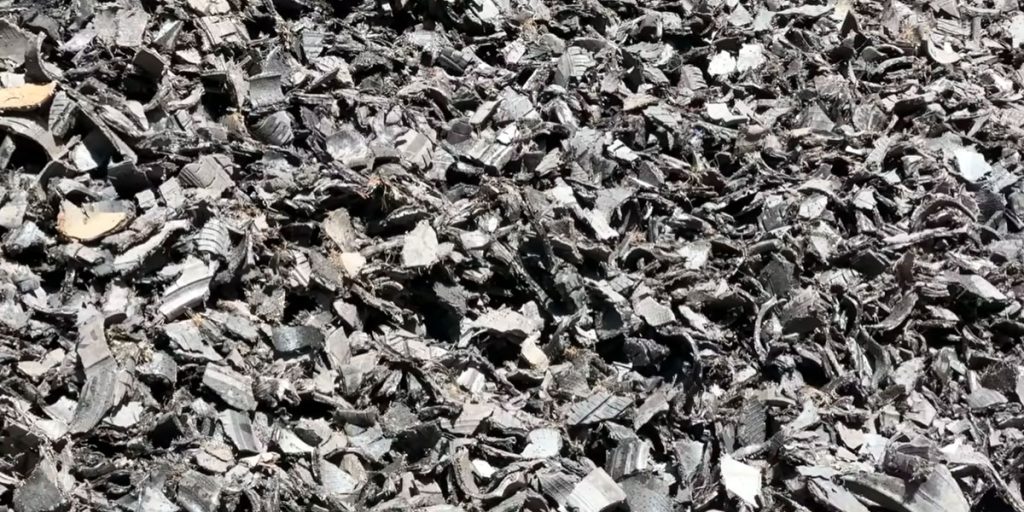
Pyrolysis Tyre Recycling Solution
Pyrolysis plant, as an advanced solid waste treatment equipment, has created a new Tyre Recycling Solution. Its principle is to heat waste tires to high temperatures in a specific environment without oxygen or with low oxygen, so that the organic polymer compounds inside them undergo cracking reactions. In this process, the macromolecular chains break and the chemical bonds recombine, thereby converting into small molecular pyrolysis oil, synthesis gas, carbon black and steel wire.
The magic of tyre pyrolysis plant lies not only in its ability to decompose waste tires, but also in the fact that the tire pyrolysis products have extremely high economic value. Mingjie Group provides a unique flue gas treatment system for tire recycling pyrolysis plant, which can make the exhaust gas generated during the tire pyrolysis process meet the emission standards.
Tyre Pyrolysis Products
Pyrolysis oil is an important component of the waste tire recycling pyrolysis products, and its yield is usually around 40-45%. This pyrolysis oil has a high calorific value and can be used directly as an industrial fuel. After further refining and processing in the pyrolysis oil distillation plant, tire pyrolysis oil can also be converted into high-quality fuels such as gasoline and diesel. The purified pyrolysis oil can be used in the transportation field, effectively alleviating the problem of energy shortage.
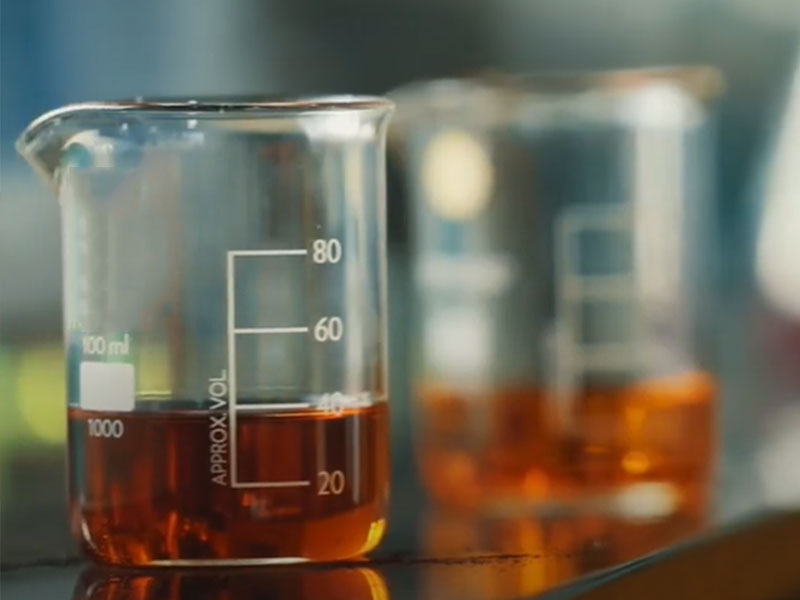

Carbon black is also one of the main products of tire recycling pyrolysis, with a content of about 30-35%. Pyrolysis carbon black has certain differences in performance from traditional carbon black. But after proper treatment and modification, it can also play an important role. In the rubber industry, it can be used as a reinforcing agent and filler for rubber products. In the ink, coating and other industries, pyrolysis carbon black can also be used as a black pigment. Through advanced grinding, activation and other technologies, the performance of pyrolysis carbon black has been further improved, and it can partially replace the more expensive virgin carbon black.
During the tire pyrolysis process, the steel wire can be completely separated, and the recovery rate can reach 15%. These recycled steel wires have good strength and toughness and can be directly returned to the furnace for refining. In the construction industry, rebar made from recycled steel wire is widely used in various construction projects, providing solid structural support for buildings. In the field of automobile manufacturing, recycled steel wire is processed and used to manufacture automobile springs, seat frames and other parts.
Synthetic gas is another important product produced in pyrolysis tire recycling system, accounting for 10% of pyrolysis products. Its main components include hydrogen, carbon monoxide, methane, etc. These combustible gases can be directly used as fuel in the pyrolysis process itself, providing the heat for tyre pyrolysis equipment and achieving energy self-sufficiency. They can also be supplied to surrounding enterprises as industrial gas for heating, drying and other production processes.
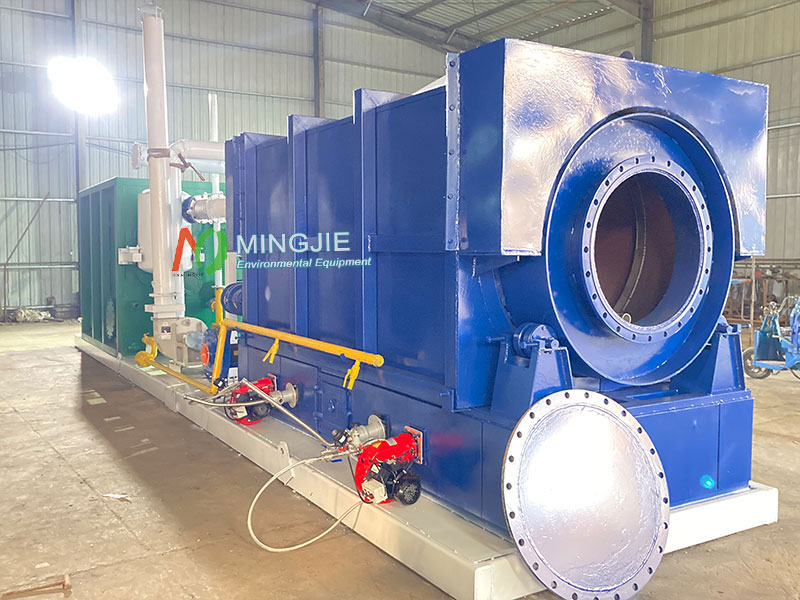
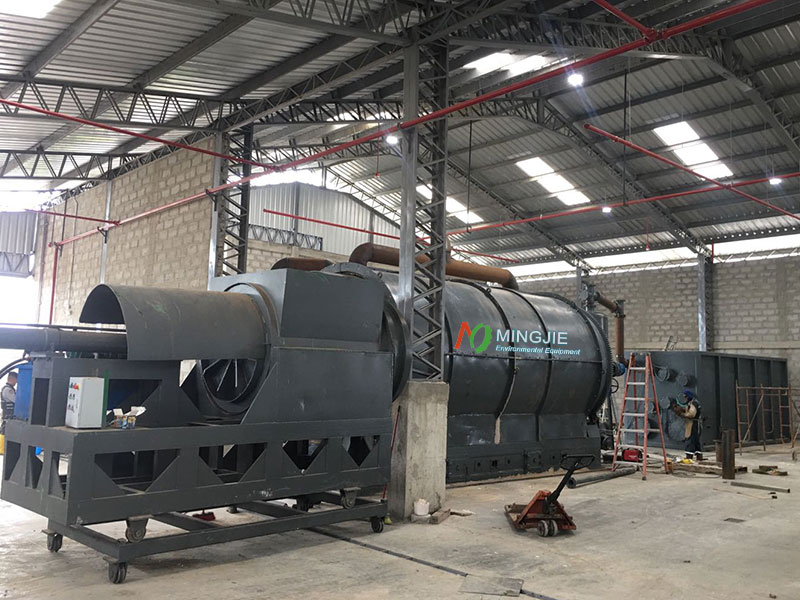
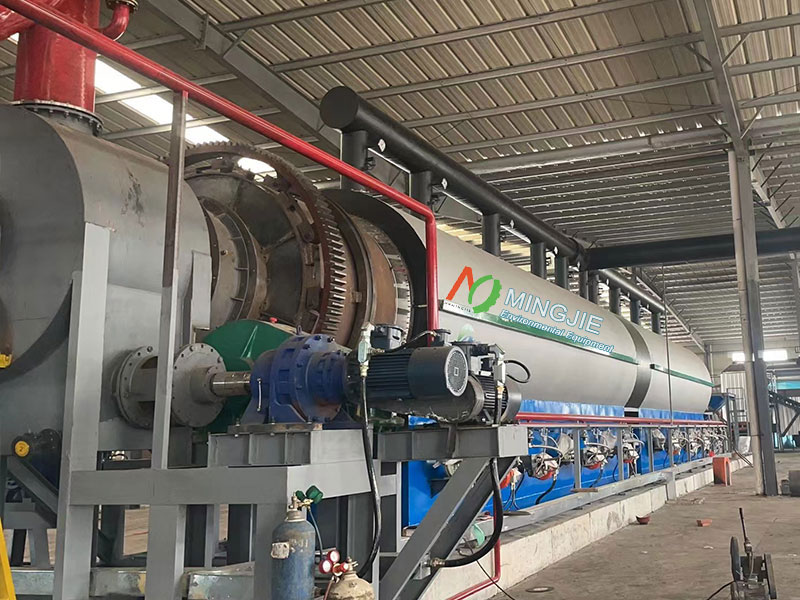
Tire Pyrolysis Plants for Sale
Globally, more and more waste tire recycling pyrolysis projects are put into operation. These pyrolysis plants have different specifications and processing capacities. Mingjie Group has MJ-2 small tire pyrolysis equipment, MJ-6 MJ-10 MJ-12 MJ-15 4 models of batch pyrolysis plants, MJL-15 semi-continuous waste tire pyrolysis plants, and MLL20T MLL-30T fully automatic pyrolysis plants.
Large-scale fully automatic pyrolysis plants are equipped with advanced automatic control systems. It can realize accurate monitoring and regulation of the tire pyrolysis recycling process, ensuring the stability of the tire fuel oil production process and the consistency of product quality.

